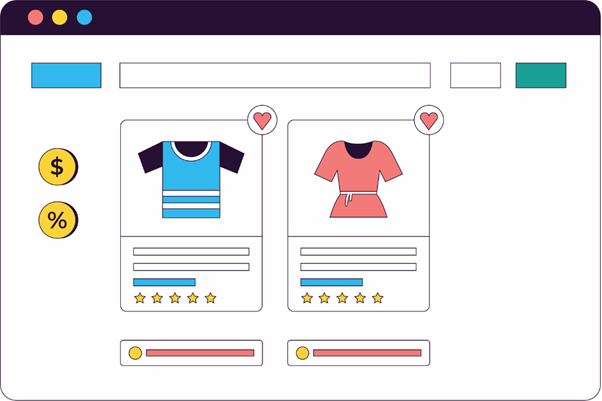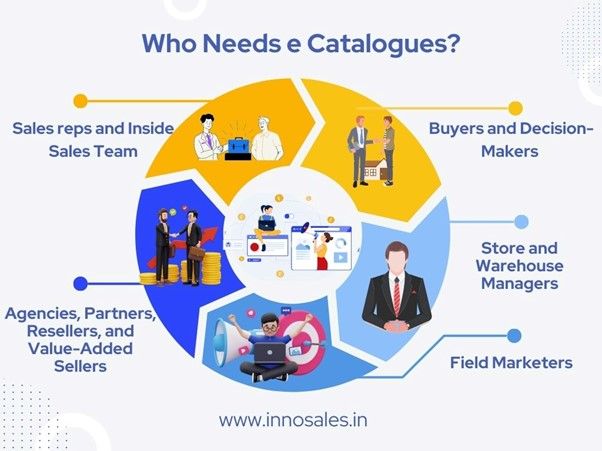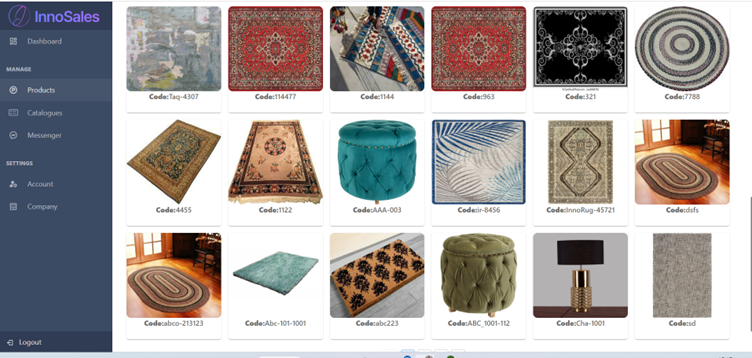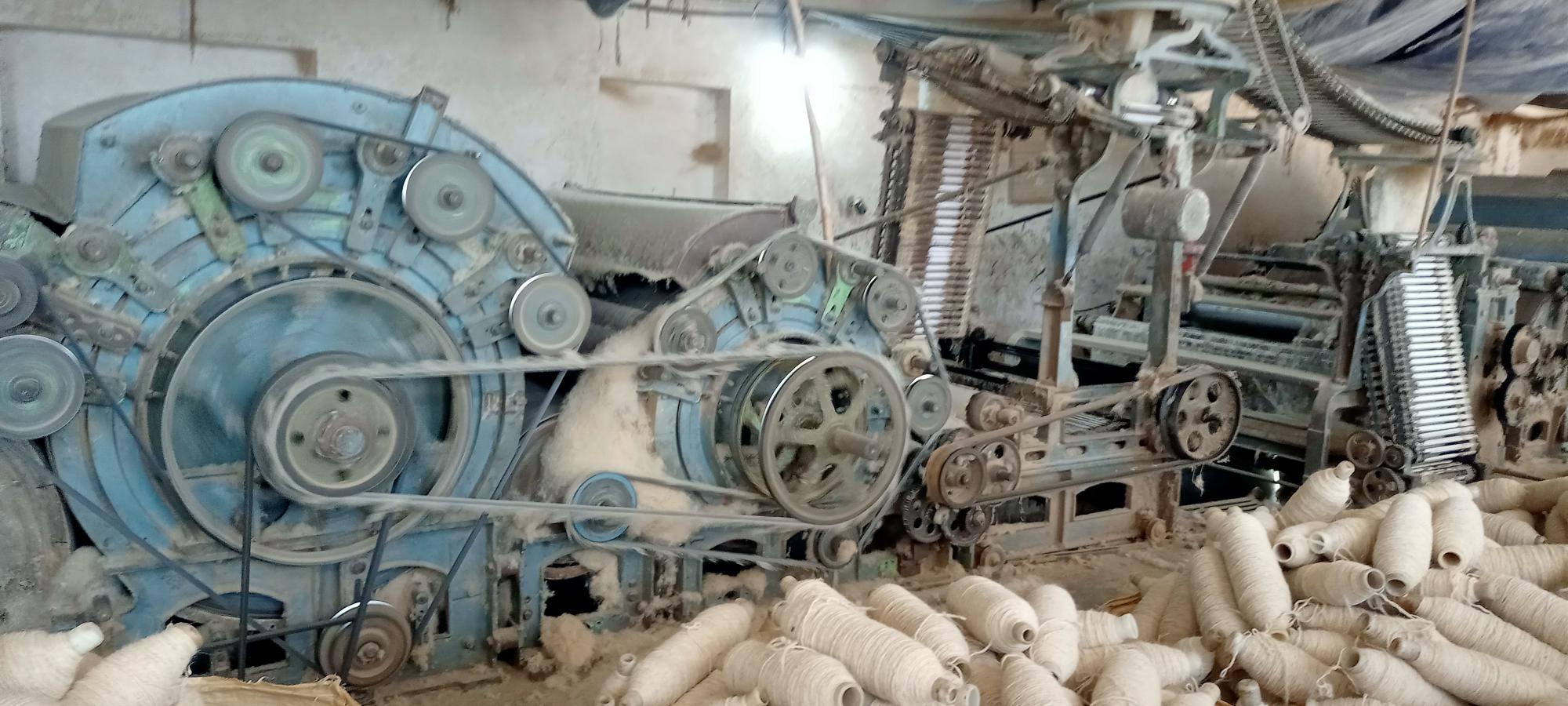Businesses nowadays struggle to stand out from the crowd in the fast-paced digital environment while also grabbing the attention of potential clients. A thorough and well-organized e catalogue is one effective tool organizations may use to do this. In this article, we'll examine what an e-catalogue is, why it's crucial, and how it may help firms expand.
What is an e-Catalogue?
An e-Catalogue is a thorough and well-organized listing of the goods or services that a company provides. Each item's description, characteristics, cost, and high-quality photos are all included in the thorough information it offers. An e-catalog can be in physical or digital form however, owing to its accessibility and flexibility, digital catalogs are becoming more and more common.

What components make up e-Catalogue?
What components make up an e Catalogue? What should they have to support various stakeholders in achieving their goals? Multiple papers for different stakeholders cannot exist within a company unless there are numerous use cases. We examined papers from many businesses to compile a comprehensive list of must-haves in order to spare you the headache. Choose the following that apply to your firm the most because they are not industry- or company-specific: Product Details (in alphabetical order)
-
Call to Action - When the target audience sees your brochure, what do you hope they will do? Download, email, phone, or post it on social media? Add this info so people may contact you.
-
Certifications - List the certifications earned by the product such as ISO 9001, ISO 27001, etc.
-
Constituents - Mention the main components, such as copper, steel, and alloy. Depending on your industry, this component changes.
-
Customer credentials - Include testimonials from past clients who have approved.
-
Description - Briefly describe it so users can quickly scan it for reference.
-
Dimensions- Call out the length, height, breadth, weight, the volume of the product.
-
Discounts - Are there any early-bird/seasonal discounts for your product?
-
Features - Include the top features of the product.
-
Guarantee/Warranty - Specify any guarantee or warranty clauses applicable to the product.
-
Ideal conditions of usage - Indicate the best conditions and criteria for using the product. e.g., temperature, surroundings, etc.
-
Name of the product - What is the product name? If you have a brand name for it, don't forget to include it.
-
Pictures - Pictures are more powerful than words. They are a catalogue’s most important element.
-
Price - Mention the price of the product and the currency/geography applicable.
-
Returns - Under what conditions will the company accept returns of the product?
-
Safety measures - Include any safety precautions needed before utilizing your product to inform and enlighten customers.
-
Size - Name the size of the product.
-
Terms & Conditions - Call out the most typical terms and conditions of using the product.
-
Version - Name the version/release/series of the product. e.g., Windows 2016.
-
Year of the launch - Which year was the product launched?
Who Needs e-Catalogues?
A variety of company users and groups, including sales representatives, inside sales, buyers, retail clerks, field marketers, and managers, might benefit from e Catalogues. Here is how each team uses it:

-
Sales Reps and Inside Sales Teams: An e-Catalogue is used by sales representatives and inside sales teams to provide clients with crucial details about a good or service. When discussing the advantages of utilizing their goods with prospects and consumers, they might make reference to it.
-
Buyers and Decision-Makers: It serves as a resource for buyers and those who make decisions regarding purchases. It assists them in comparing various goods and services from multiple suppliers and selecting the best choice for their company.
-
Store and Warehouse Managers: Store and warehouse managers, shift managers, and operators use it to know about the details of the inventory in their go downs.
-
Field Marketers: It may be used by field marketers as they guide clients through product and service demonstrations. As their consumers use the product, it enables them to delve deeply into what they are providing and to provide value.
-
External Parties: It can be used by outside parties including agencies, partners, resellers, and value-added dealers to gather information on a product or service and communicate it to customers.
Why is an e-Catalogue Important?
• Centralised Information Hub: It acts as a focal point for enterprises to present their items, facilitating product discovery and evaluation for customers.
• Increased Visibility: By making the catalogue available online, firms may access a larger market and increase their presence beyond geographical boundaries.
• Better Customer Experience: A well-designed catalogue improves the entire customer experience by offering simple navigation, filtering choices, and thorough information, empowering customers to make knowledgeable purchases.
• Improved Marketing and Sales: e Catalogue is a potent marketing and sales tool that enables companies to emphasise special features, cross-sell and upsell, and track consumer behaviour to improve marketing efforts.
• Adaptability and Scalability: A digital catalogue’s adaptability and scalability allow for quick updates and expansion without the need for printing, giving clients access to the most recent information at all times.
• Competitive Advantage: A carefully chosen catalogue gives firms a competitive edge in the marketplace by communicating professionalism, trustworthiness, and competence.
• Increasing Sales: A well-designed catalogue with compelling product presentations, cross-selling, and upselling opportunities can boost sales and increase the average order value.
• Establishing Brand Identity: A professionally created catalogue helps businesses to develop a unique brand image that promotes consumer loyalty and trust.
How do you get started with Digital Catalogues?
There are many options to help you create a digital catalogue. But if you’re a small or a medium-sized business that doesn't have the budget for web development or to buy expensive software, you're in luck - you can easily sign up to a cloud-based app that lets you customise and publish a catalogue. InnoSales provides a digital catalogue that you can quickly and easily get your products in front of customers. To know more about InnoSales Click Here
The best part? You can create bespoke product mixes and pricing for different customers.

Conclusion
e-Catalogue's are crucial for businesses to grow and succeed in a digital-first society. It promotes marketing and sales activities, acts as a central information center, increases visibility, improves customer experience, and gives businesses a competitive edge. Businesses may successfully sell their products, attract clients, and drive growth in the modern marketplace by investing in an extensive and attractive e-catalog. To get started, Onboard your Products on InnoSales





